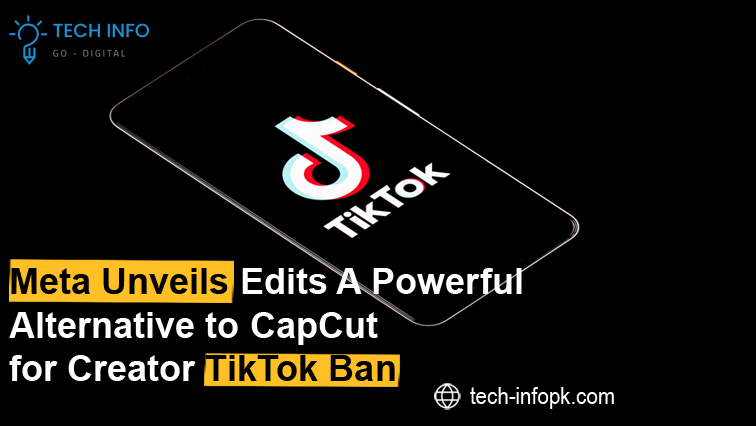Table of Contents
ToggleHubble Network’s Grand Vision: A Global Bluetooth Layer from Space

In a time when smart devices are everywhere — in our homes, on our bodies, across farms, cities, and factories — the need for seamless, low-power connectivity has never been greater. Most of these devices run on Bluetooth Low Energy (BLE), a wireless protocol designed for minimal battery usage and short-range communication. global Bluetooth layer
But what if Bluetooth didn’t have to be short-range? What if BLE signals could be picked up from space? That’s exactly the vision behind the Hubble Network, a U.S.-based startup that’s now planning a massive satellite upgrade to turn the dream of global Bluetooth coverage into reality.
The Problem: BLE’s Range is Short, but Its Potential is Massive
Bluetooth Low Energy powers billions of devices globally — from fitness trackers and pet collars to warehouse sensors and farm monitoring tools. It’s cheap, power-efficient, and widely supported.
However, its biggest limitation is range. Traditional BLE connections only reach a few meters. Extending this reach typically requires installing expensive infrastructure — Wi-Fi gateways, LTE modules, or proprietary long-range radios — which isn’t always feasible in rural or remote areas.
What if, instead of laying down costly terrestrial networks, we could build a space-based Bluetooth receiver?
The Hubble Breakthrough: BLE from Orbit

Hubble Network, founded by former SpaceX and Stanford engineers, has already achieved what was once thought impossible: detecting a standard Bluetooth chip signal from space.
In 2024, they successfully captured BLE signals from Earth using a satellite 600 km above the planet. This wasn’t a special chip, nor a bulky antenna — it was off-the-shelf Bluetooth hardware sending data to space.
This proved one thing: space-based BLE tracking is not just possible, it’s practical.
The Big Upgrade: 60 Satellites, Muon Collaboration, and AI Arrays
Now, in 2025, Hubble Network is preparing its biggest leap yet. They’ve announced a massive satellite upgrade in collaboration with Muon Space, a company that builds modular satellites. The plan is to deploy two large MuSat XL satellites equipped with custom phased-array receivers designed to pick up ultra-weak BLE signals from even the tiniest devices. global Bluetooth layer
These satellites will be the first of many. Hubble plans to launch 60 advanced satellites by 2028, creating a full Bluetooth detection constellation that will give near real-time global coverage — even in oceans, mountains, and deserts.
What Is a Global Bluetooth Layer
The idea is simple but revolutionary: instead of depending on phones or Wi-Fi routers to detect BLE signals, let satellites serve as Bluetooth receivers. This turns the Earth’s orbit into a planetary-scale sensor network.
Use cases include:
- Logistics: Track cargo containers anywhere in the world without GPS.
- Wildlife Monitoring: Place BLE tags on animals and get real-time location data.
- Infrastructure: Monitor bridges, pipelines, and power lines with low-cost sensors.
- Agriculture: Track soil sensors and irrigation equipment in fields with no cell coverage.
- Disaster Response: Locate emergency gear or trapped individuals using BLE pings.
How It Works: No New Hardware Needed
The beauty of Hubble’s system is zero hardware friction. Businesses don’t need custom chips or bulky antennas — they can use existing BLE components with a small software update to optimize signal strength and broadcast intervals.
Here’s how the process works:
- BLE Device Transmits a Signal – Just like any smartwatch or sensor.
- Satellite Receives the Signal – Using advanced phased-array antennas, the satellite “listens” for BLE frequencies.
- Data Sent to Ground Station – The satellite relays the signal data to Earth, where it’s analyzed, decoded, and sent to the customer’s system.
It’s like giving every Bluetooth device the power to communicate directly with space, all without expensive modems or radios.
Power Efficiency: A Key Differentiator
Unlike satellite phones or GPS beacons that require heavy power use, Hubble’s system is designed for low-bandwidth, infrequent communication — perfect for devices that need to last years on a coin cell battery.
BLE is inherently optimized for such environments, making Hubble’s network not just functional, but battery-friendly.
This opens the door for mass-scale deployments of thousands or even millions of sensors, something traditional satellite connectivity solutions simply can’t support affordably.
Technical Challenges and Innovations
Building a Bluetooth satellite network isn’t easy. Some of the challenges include:
- Signal Strength: BLE signals are incredibly weak and get drowned in cosmic and urban noise.
- Distance: BLE was never designed to work from 600+ km above Earth.
- Antenna Design: Phased arrays must be lightweight, highly directional, and energy-efficient.
- Regulatory Compliance: Operating in the 2.4 GHz spectrum from space requires global coordination to avoid interference.
Hubble is overcoming these hurdles with proprietary signal processing algorithms, AI-driven filtering, and antenna miniaturization — turning what was once a lab experiment into a scalable reality.
Monetization & Use Cases
Hubble plans to monetize its network through B2B partnerships, offering:
- APIs and dashboards for real-time BLE tracking
- Developer tools to build apps that interact with space-connected devices
- Custom enterprise integrations for large-scale asset tracking
This makes it attractive to:
- Retailers tracking goods across global supply chains
- Oil and gas firms monitoring assets in remote areas
- Insurance companies tracking valuable goods
- Agritech startups deploying sensor networks
The model is scalable, flexible, and relatively low-cost — a rare combo in the satellite industry.
A Glimpse into the Future
Imagine a world where every object — from a backpack to a power tool to a weather balloon — can be tracked and managed from space using just a Bluetooth chip.
It’s not science fiction. It’s the infrastructure Hubble is building today.
This is more than just an upgrade — it’s the birth of a new communications layer: cheap, global, and open. global Bluetooth layer
: A Quiet Revolution in Connectivity
Hubble Network’s plan to upgrade its satellite infrastructure marks a paradigm shift in how we connect devices. It takes the humble Bluetooth signal — something designed for local pairing — and catapults it into the domain of orbital communication.
By 2028, if all goes according to plan, we might live in a world where Bluetooth is no longer limited by walls or range — but truly global. global Bluetooth layer
It’s an ambitious goal. But with the momentum Hubble has built and the partnerships it’s forming, the future of space-based Bluetooth looks not just possible — but inevitable. global Bluetooth layer






